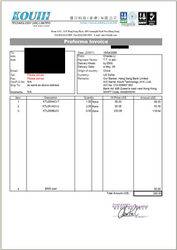firstavailable
Member
yea, but that is not UV. Its just really low on the violet range.
UVA is 315nm-400nm
UVB is 280nm-315nm
UVC is 100nm-280nm
For cannabis, you want UVB in he range 310nm-315nm.
UVA is 315nm-400nm
UVB is 280nm-315nm
UVC is 100nm-280nm
For cannabis, you want UVB in he range 310nm-315nm.






